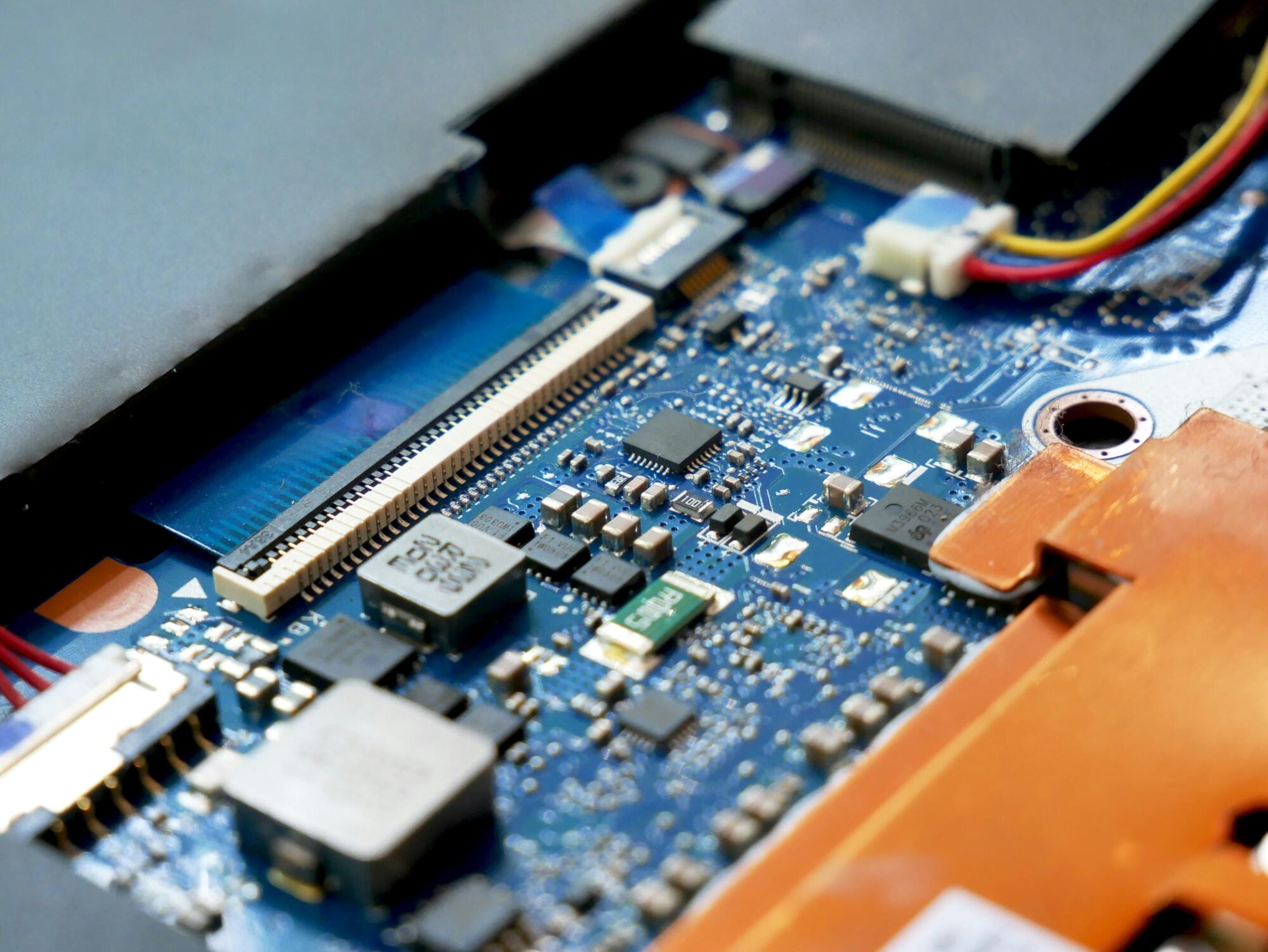Your tax dollars are “chippy” this year

Chips aren’t just a delicious snack best paired with guacamole; they’re also the backbone of the tech revolution. Semiconductors are the chips everyone, including investors, have been looking to bite into for some tasty returns.
As millions of Americans receive their tax refunds (average refund is $3,081 so far), several tech companies will be receiving their own form of stimulus from the federal government, in grants and loans, to make more of the chips that we all crave.
In August 2022, President Joe Biden signed the Creating Helpful Incentives to Produce Semiconductors (CHIPS) and Science Act into law. This bill is designed to “strengthen American manufacturing, supply chains, and national security, and invest in research and development, science and technology, and the workforce of the future to keep the United States the leader in the industries of tomorrow, including nanotechnology, clean energy, quantum computing, and artificial intelligence.”
The bill outlines the largest investment the U.S. has made to date, nearly $53 billion, to become the global leader in semiconductor manufacturing and research. And after a year and change, CHIPS Act funding has started to be rolled out to several companies to build domestic semiconductor factories. The economic impact is estimated to be in the billions, but investors of some publicly traded semiconductor companies may need to wait longer to see returns from the government-enacted cash injection.
How we got here and what’s happened since
Before the CHIPS Act, the U.S. has been losing meaningful ground to Asia in terms of semiconductor manufacturing. Since 1990, the U.S. has fallen dramatically in global semiconductor output — from 37% to 12%. This happened largely because of cheaper labor and more prudent government incentive from countries like Taiwan and South Korea. And now, China wants in on the action, but the Act is vying to deny them more domestic production. It’s an economic chess match, and with supply chain issues with other countries (take the recent earthquakes in Taiwan), the CHIPS Act aims to ensure the funding and resources of building essential semiconductors comes back to our soil, and stays here indefinitely.
And once the CHIPS Act went into effect, the economic ripples have been palpable.
Over $300 billion has been invested by the private sector to increase manufacturing and production, according to the Semiconductor Industry Association. Consumers got their first foray into consumer-facing large language models as ChatGPT made its public debut three months after the bill was signed. OpenAI, the company that owns ChatGPT, announced its own $51 million investment in AI Chips. The term “AI” is filling the earnings calls of both tech- and non-tech companies. And retail investors are now in love with Nvidia as it became a near household name with its skyrocketing stock price (it’s up 83% so far this year as of April 5th).
Despite the attention and excitement from investors and consumers, not all companies involved in the semiconductor industry have felt the same love when it comes to their respective stock prices. Let’s look at a few players in the space, and how their share prices have responded.
Intel (INTC)
For much of the 20th century, Intel was a cutting-edge technology firm. But as the company has grown older, it lost that very edge. And since then, Intel investors have straight up not been having a good time (meme reference here).
Since 2000, the company is now on its fifth CEO, Pat Gelsinger. Gelsinger joined in February 2021, after a few years away. He started at the company in the 1970’s when he was 18 years old and returned to reinvigorate the struggling brand. However, he knew it wouldn’t happen quickly.
In a CNBC video interview last week, Gelsinger said that he told investors it would be about a five-year process to turn the company around. The stock remains down during his leadership, but now three years in, he says “we see the light at the end of the tunnel.”
The company has gone all-in on chip development, and just received a total of $20 billion in grants and loans as part of the CHIPS Act. However, the stock price took a beating in recent days as the company announced hefty losses in its foundry business – the sites where chips are manufactured.
So, despite significant investment from the federal government, and the company itself, long-term investors continue to hold onto the hope that share prices will rise. In the last five years, the stock is down 30% as of April 5th.
Globalfoundries (GFS)
Globalfoundries is one of the new kids on the block but has quickly made a footprint in the semiconductor industry. Founded in 2009 after spinning off from AMD, it was one of the pioneers of solely being fabrication- based enterprise and has quickly grown to the third-largest chip manufacturer globally.
Think of Globalfoundries as the Toyota or Honda of chip manufacturing: reliable, but not the absolute best-in- class. The company focuses on making “essential chips” for everyday items like smartphones and dishwashers, rather than trying to race against behemoths like Nvidia and TSMC to have the most advanced chips such as two nanometer chips.
The company was awarded $1.5 billion in grants and $1.6 billion in loans from the CHIPS Act in February. Despite this investment from the federal government, this recent IPO has struggled to find its footing with investors.
After launching in October 2021, the stock has been up-and-down, with a modest 4% gain since its initial offering. After the CHIPS Act investment in February, the stock has stayed relatively flat.
But like any investment, seeing a return on it may take some time if you’re bullish on a specific manufacturer. Yes, there have been winners like Nvidia, but there have also been those that haven’t felt the same love. Alternatively, one diversified approach to being invested in the semiconductor industry is to buy shares of an ETF like SOXX, which is up roughly 40% since President Biden gave his stamp of approval. This approach can potentially help investors ride out any ups and downs.
Past performance never guarantees future results, but chips investors are feeling quite chippy with what the future holds.
20240408-3493906-11097441
- Categories
- Tax


